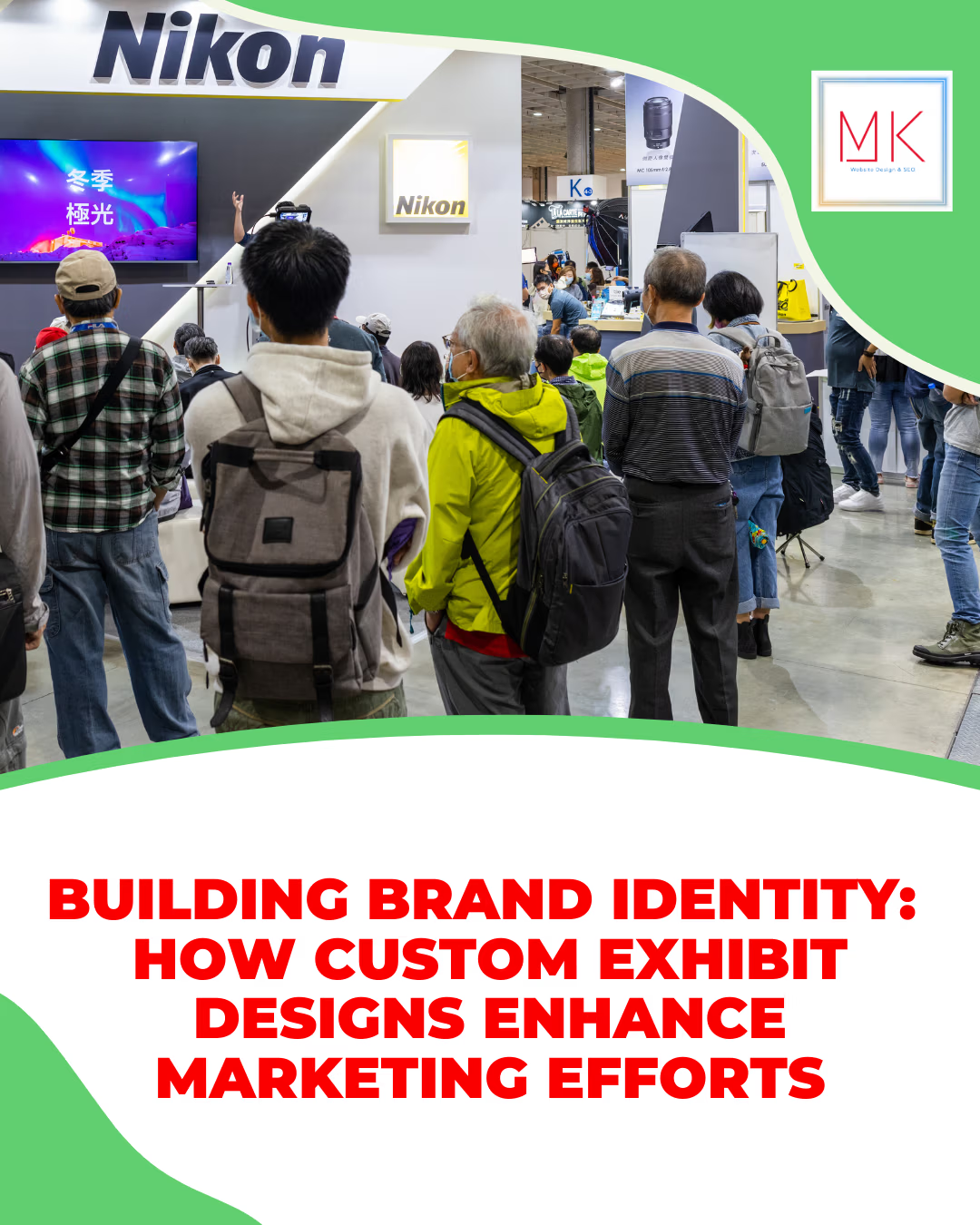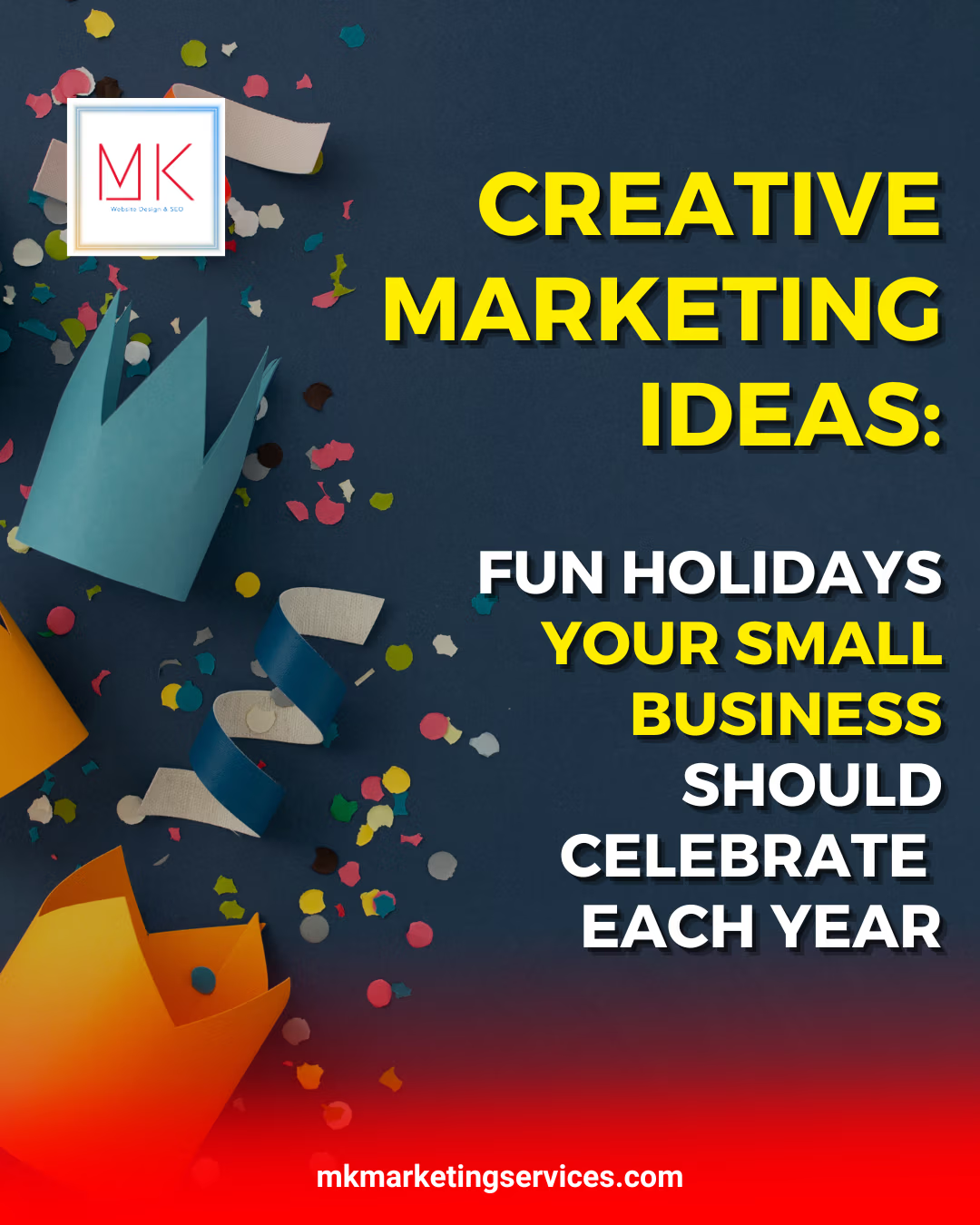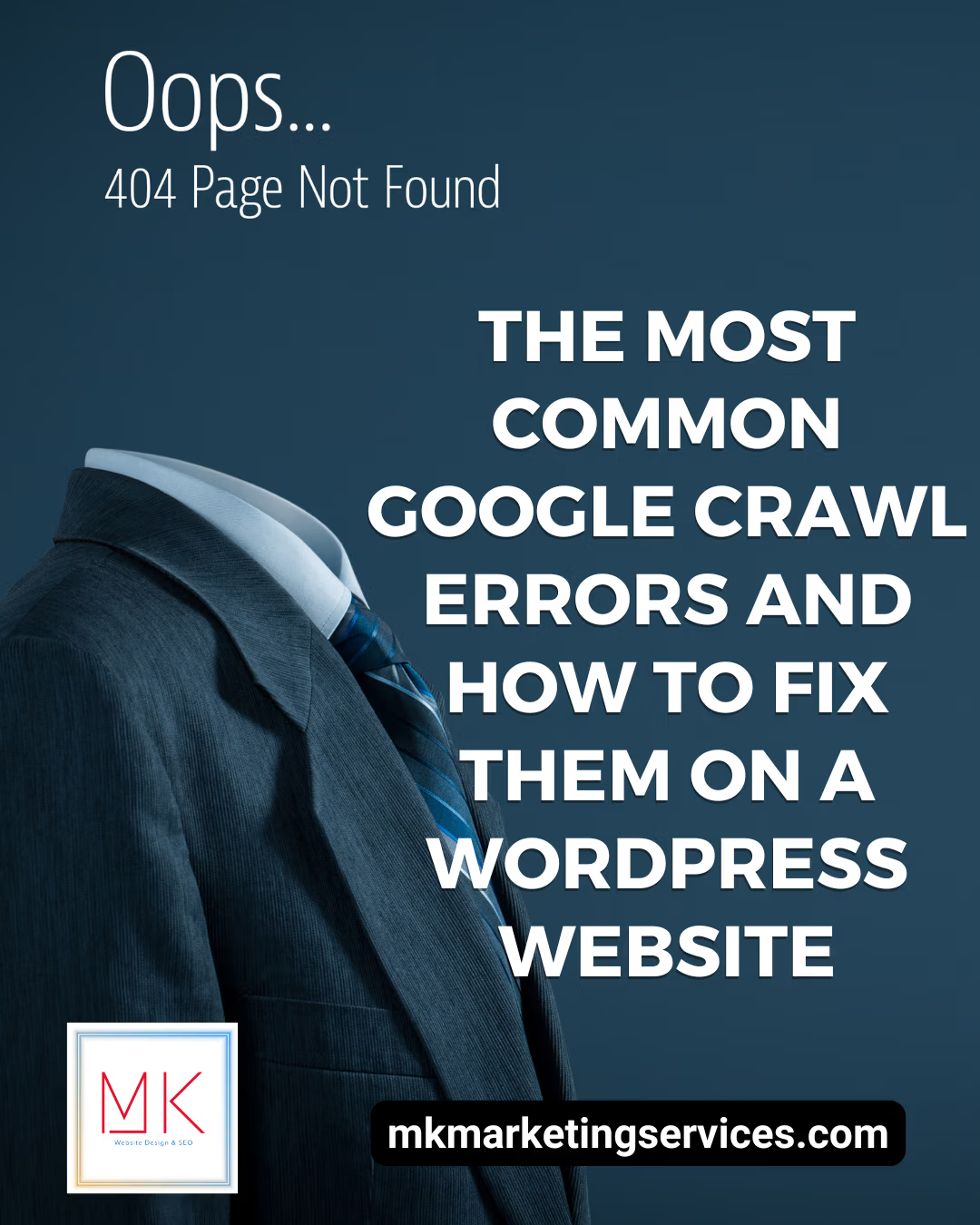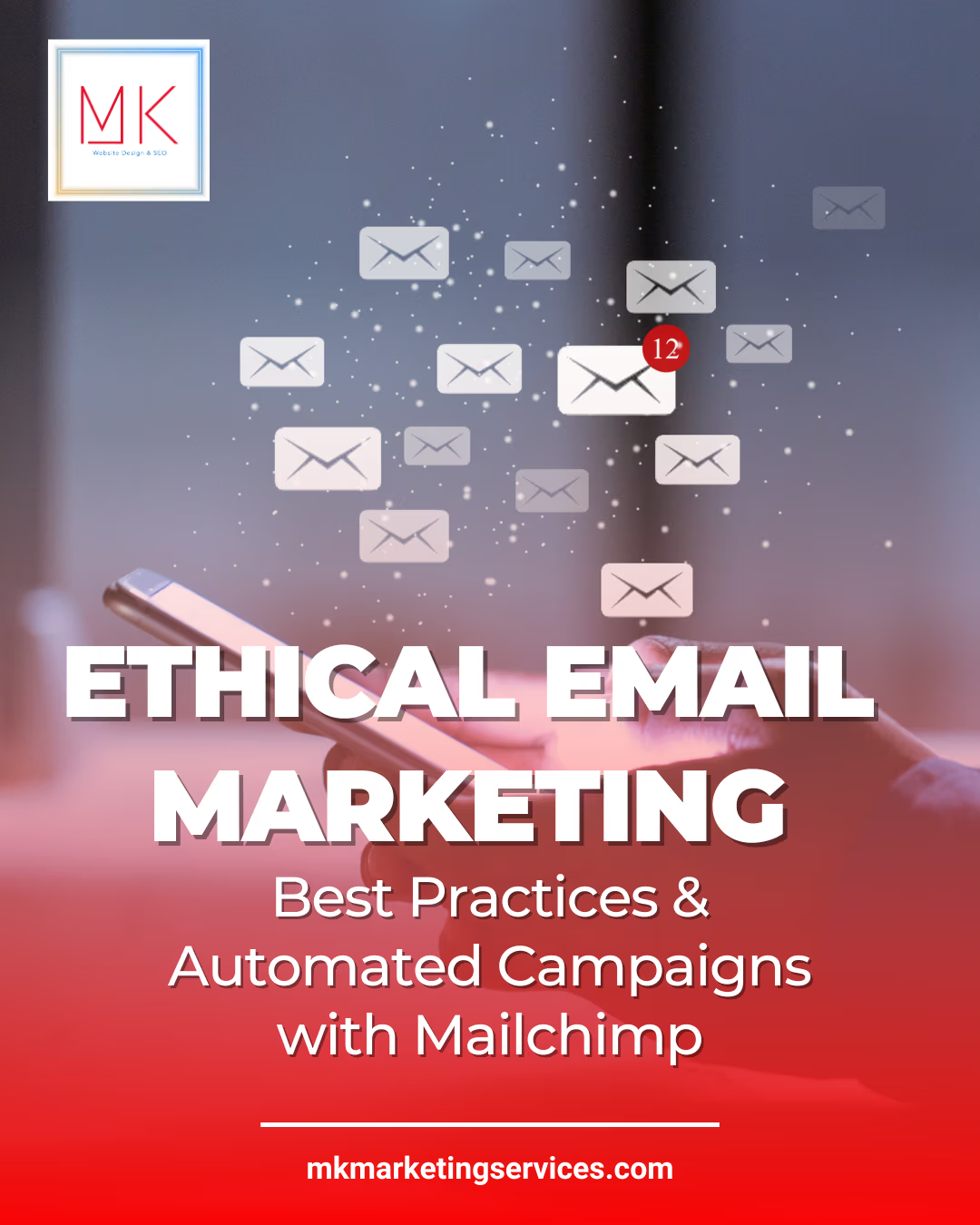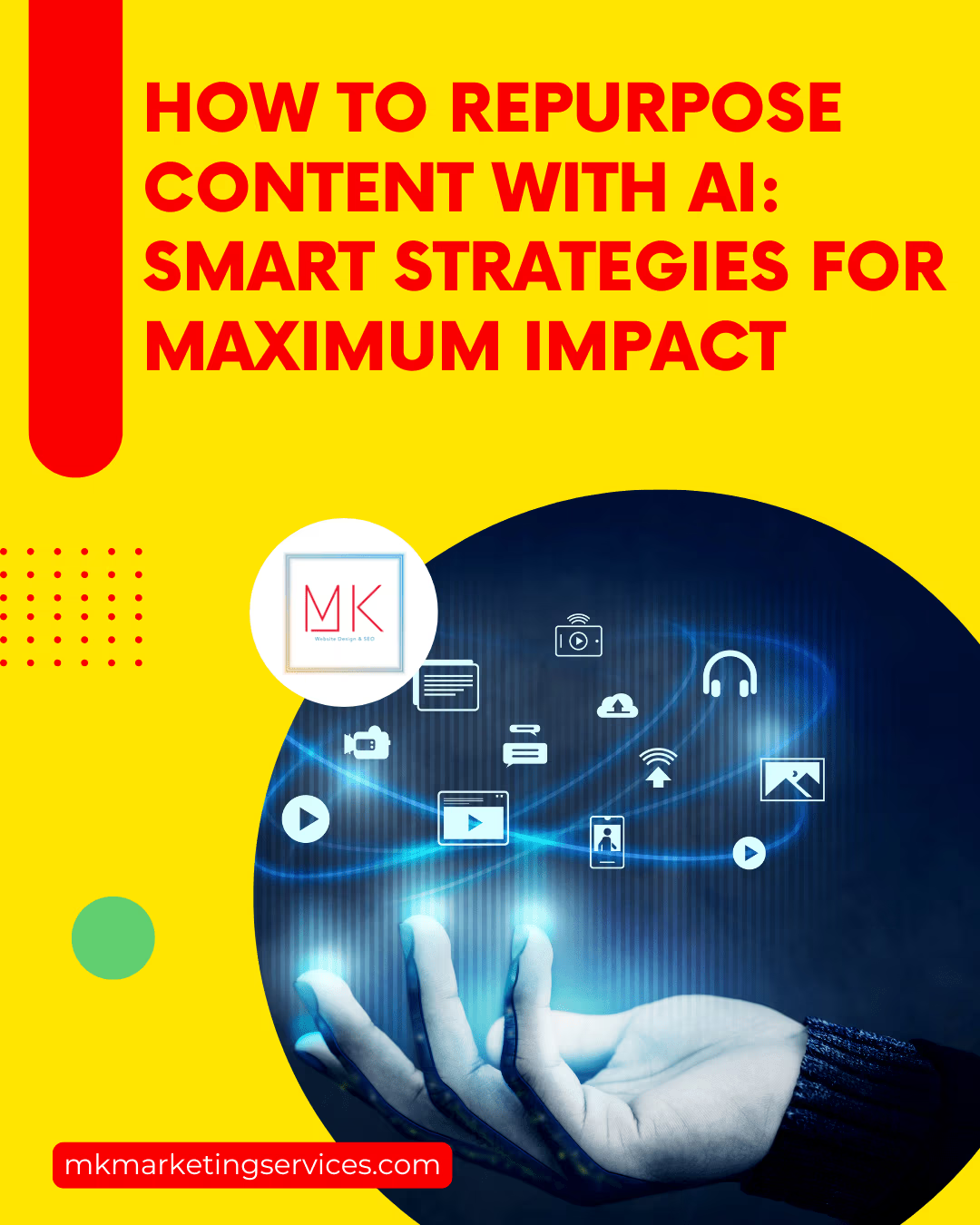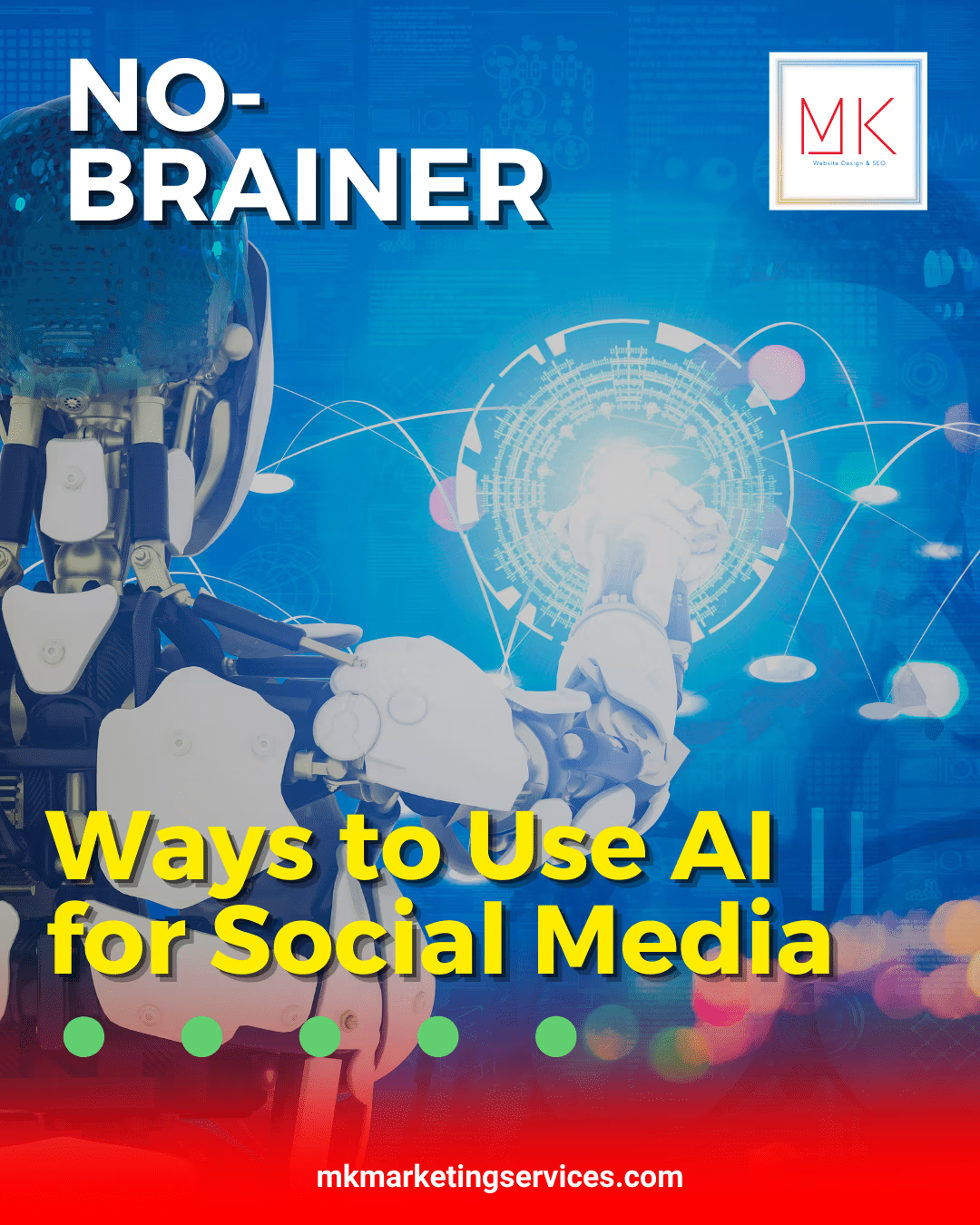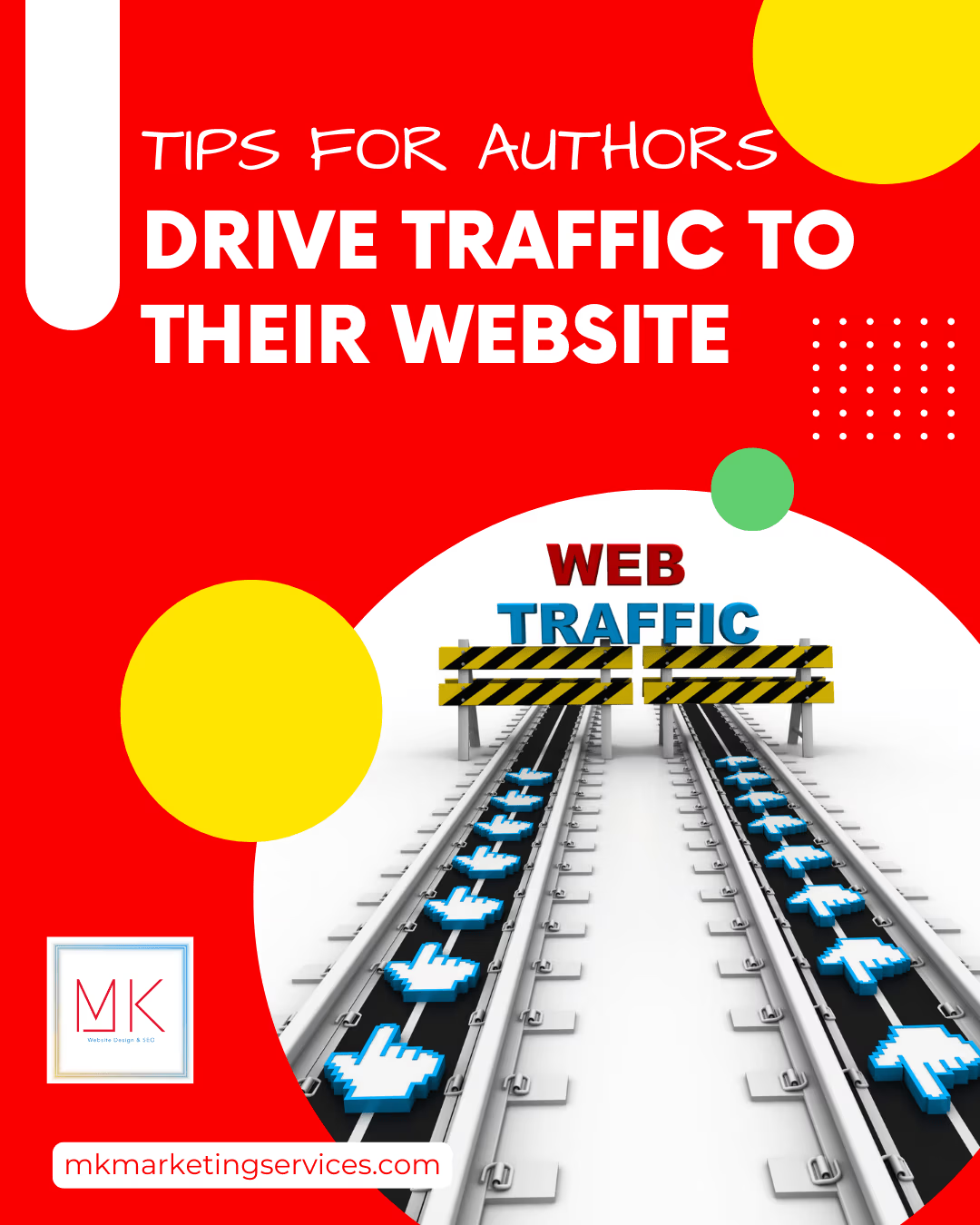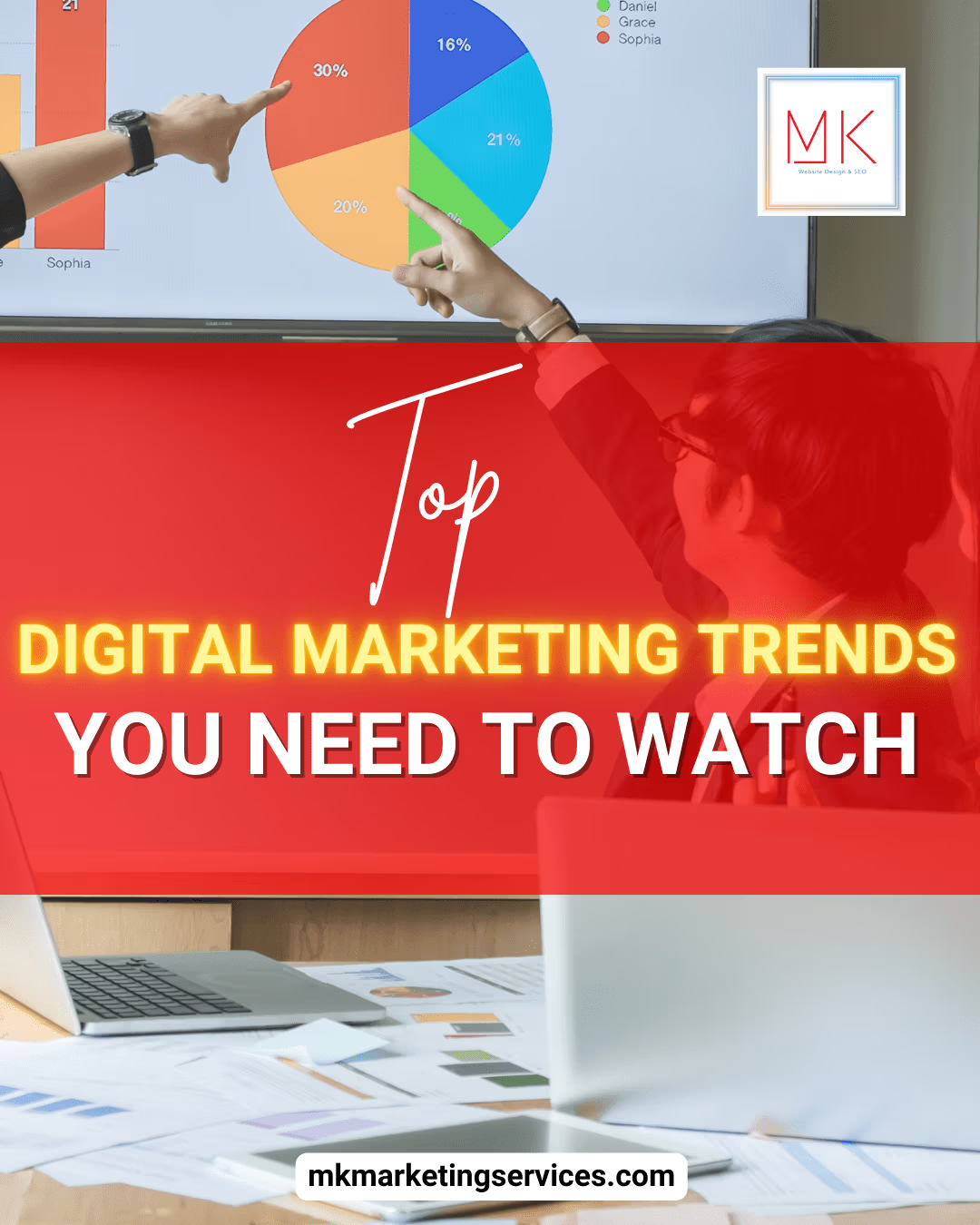In competitive trade show environments, custom exhibits, booths, and displays are pivotal for differentiating your brand and engaging with your target audience. These designs offer unique advantages that can be strategically leveraged to boost your marketing outcomes effectively. Here’s an in-depth examination of their strategic benefits, focusing on how and why they work.
7 Powerful Benefits of Custom Exhibits
By tailoring designs to specific brand identities and audience interactions, these exhibits offer a range of decisive advantages, such as:
1. Enhanced Brand Recognition
Custom exhibits at trade shows offer a potent combination of customized design and interactive experiences. These reflect a brand’s unique identity, consistently using its colors, logos, and themes and ensuring that every aspect of the display aligns with its image. This makes the brand memorable and distinguishes it from competitors on the crowded trade show floor.
2. Increased Audience Engagement
Incorporating interactive technologies encourages attendees to spend more time at the booth, interact with the brand meaningfully, and leave a lasting impression beyond mere visual appeal. This heightened engagement amplifies the potential for generating leads and converting prospective customers.
For instance, touchscreens can be utilized for basic information display, interactive storytelling, or product customization demos. Virtual reality (VR) stations can likewise transform a conventional booth into a dynamic experience zone. These enable attendees to virtually immerse themselves in environments showcasing how a product is used in real life. They also enable participants to virtually tour facilities not physically present at the trade show.
Live demonstrations are another powerful tool for increased engagement. These highlight product functionality and include interactive sessions where attendees can ask questions and get real-time responses.
3. Scalable Engagement Strategies
Custom exhibits can cater to varying degrees of visitor interest and time availability by implementing scalable engagement strategies. At the outer perimeter, quick interactive points offer brief engagements, such as QR codes linked to online resources or flash presentations, for those in a hurry. Deeper into the exhibit, more immersive experiences await those with greater interest or time, such as hands-on demos or one-on-one consultations with experts. This tiered approach ensures that each visitor’s experience is personalized and maximizes the potential for meaningful interactions, regardless of their initial level of engagement.
4. Adaptive Design Flexibility
One of the most significant advantages of custom exhibits is their adaptability. These structures can be designed to fit various spaces and modified to suit different types of events, from industry-specific conferences to general trade shows. This flexibility ensures that the exhibit can be reused and reconfigured, providing cost-effective solutions for brands participating in multiple events. It also means that the design can evolve alongside the brand, seamlessly incorporating updated messaging and new product launches.
5. Data-Driven Insights
Modern custom exhibits integrate advanced tracking technologies to capture detailed data on visitor interactions, providing crucial insights for enhancing marketing and design strategies. Heat maps track foot traffic and dwell times, highlighting areas of high engagement. Interactive polls and digital kiosks gather real-time feedback on products, directly influencing future developments.
In addition, RFID and Wi-Fi tracking offer sophisticated analysis of movement patterns and engagement levels, allowing brands to optimize exhibit layouts and interactive elements. These technologies enable continuous refinement of marketing approaches and exhibit designs, ensuring they align closely with visitor preferences and behaviors. Ultimately, these bolster the effectiveness and return on investment of trade show participation.
6. Sustainable Branding Opportunities
Sustainability is increasingly becoming a focus for both brands and consumers. Companies can significantly lower their environmental impact by incorporating eco-friendly materials such as recycled aluminum, biodegradable plastics, and reclaimed wood.
Additionally, using renewable bamboo for flooring and decorative elements highlights a commitment to sustainability. Energy efficiency is another major area, with LED lighting being a popular choice due to its lower energy consumption and longevity than traditional lighting. Integrating solar panels to power booths further reduces reliance on non-renewable energy sources.
Shifting from printed to digital materials also minimizes waste; QR codes can replace paper brochures, allowing attendees to download information directly, reducing paper use and transportation burdens.
7. Continuous Improvement Cycle
Custom exhibits designed with integrated feedback mechanisms offer a significant advantage: the ability to evolve based on visitor interactions. This might include real-time feedback stations where visitors can rate their experience and provide suggestions, delivering a precise post-event analysis of engagement metrics. This ongoing cycle of feedback and adaptation helps brands refine their exhibit designs for future shows, ensuring they remain relevant and engaging as audience expectations and industry trends change. Such iterative improvements boost your marketing efforts and demonstrate your brand’s commitment to listening and responding robustly to its audience.
Parting Thoughts
Your next trade show is more than an event—it’s a crucial opportunity to elevate your brand. By harnessing the power of custom design, you craft an immersive brand experience that resonates long after the event ends. Don’t let this opportunity slip—step forward, innovate with intention, and craft an exhibit that showcases your brand and sets the stage for future interactions.

